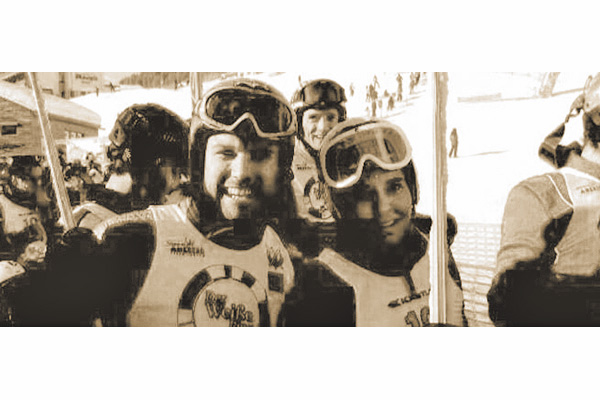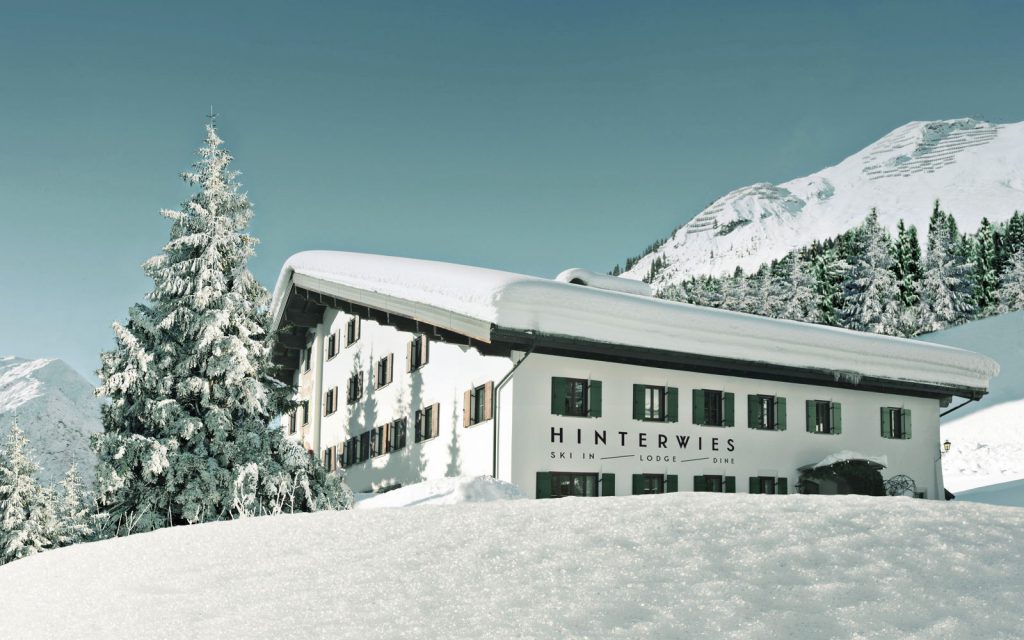
HINTERWIES
Ski-in. Lodge. Dine.
Enriching moments for skiing enthusiasts.
Design lovers. And gourmet aficionados.
Stylish. Meticulous over detail. But also young, sporty, and refreshing. Hinterwies has always captivated its guests with its unconventional charm – and its progressive philosophy. From December 2017, Hinterwies presents a brand-new concept, taking tradition into the future.
Stylish. Modern. Minimalist. The identity of our 30 rooms, plus our Ski Camp in ‘posh art’ style. Also attractive for individual travellers who enjoy company. Plus a dining concept offering fresh, creative and health-packed cuisine for gourmets with a yen for independence. Foodies that eat with their eyes will love to celebrate the art of deliciousness at the open cooking station. Après-dine and après-ski are set in a casual lounge atmosphere with chilled sounds. Accompanied by superb wines. And inspiring drinks. Welcome to Hinterwies.
For more information please visit our digital guest directory.
App also available.
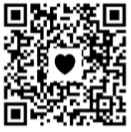
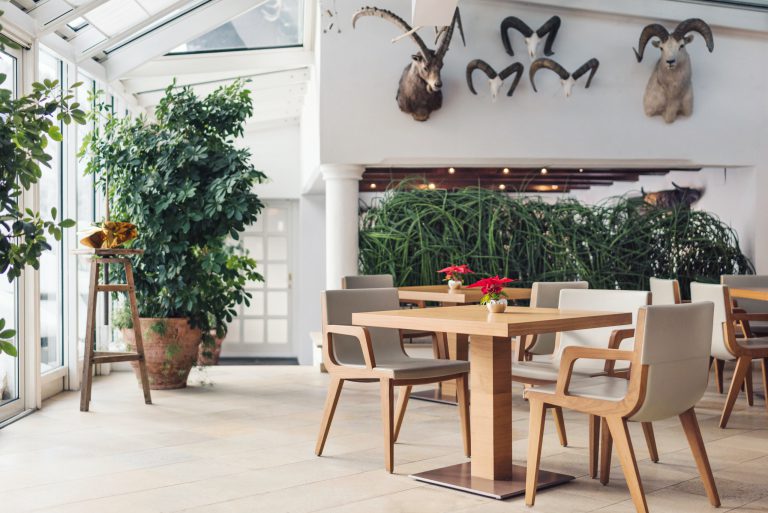
“WE PROVIDE THE SPACE YOU NEED FOR YOUR DREAM – WE LIVE THE SPACE IN OUR THOUGHTS.”
HOLIDAYS IN LECH
1920s
Grandparents Sepp (engineer and Technical Director) and Anna Bildstein from Bregenz were so charmed by Arlberg as a skiing and hiking region that from 1928 onwards, they visited Lech every Christmas and Easter and spent two months of the summer there. In those days skiers headed for the slopes on foot. Around the same time, in 1925, the Bildstein Buckle – the first safety ski binding – was invented.
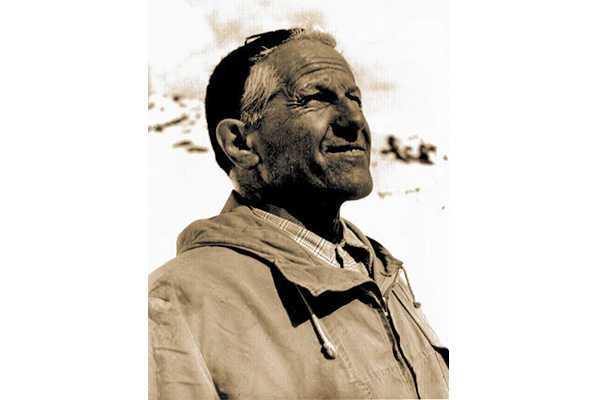
FIRST LIFTS ON ARLBERG
1930s
In 1931, a ski hut was built to accommodate skiers. And in 1937, the site of Hotel Hinterwies was purchased – initially only to protect the views over the Engerle Forest. In the same year, Sepp Bildstein teamed up with Emil Doppelmayr to build the first T-bar lift in Zürs – and the very first continuously circulating lift in Austria. Skilifte Lech (Lech Ski Lift Service) was founded in 1938.
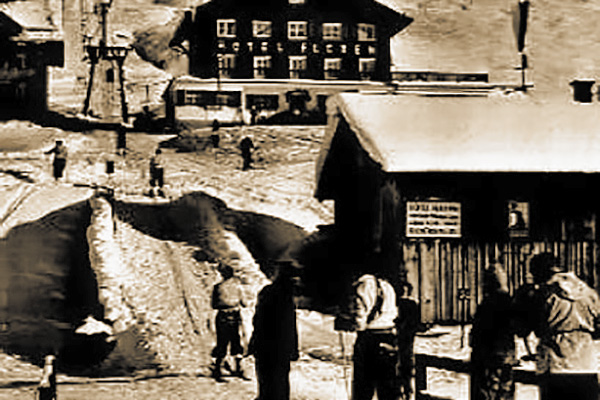
MOVE TO LECH
1940s
As a consequence of the war, the family spent more and more time in Lech and finally settled there after the war. The ski lifts were requisitioned in 1941 and only released after a successful court case in 1943. The Schlegelkopf lift resumed operation in 1946 after sustaining cable damage in the war.
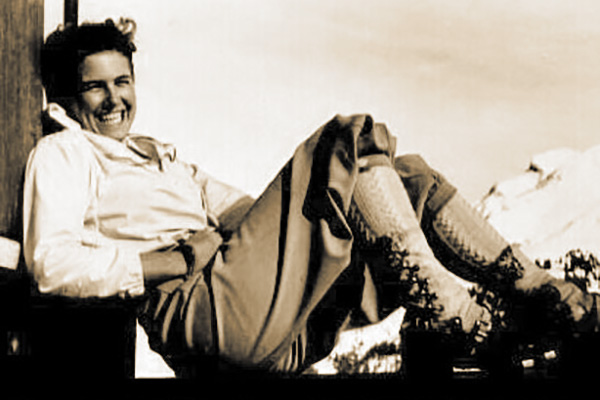
THE “WHITE RING”
1950s
Sepp and Anna Bildstein’s daughter, Adelheid Schneider-Bildstein, became Managing Director of Skilifte Lech from 1968. The Rüfikopf-Bahn railway opened up access to the area, and 1954/55 saw the foundation of Arlberg’s legendary ski track, the “White Ring”. Its founder is commemorated in the Bildstein Trophy, presented to the winners of the “White Ring Race” and still a coveted award today. In 1955/56, Adelheid Schneider-Bildstein began to build the bed-and-breakfast hotel that would later evolve into Hinterwies Hotel.
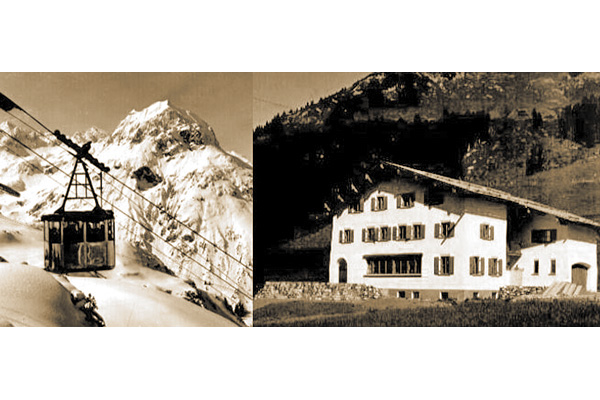
ARLBERG SKIING REGION
1960s
In a move that would herald the international status of Austria’s cable car and skiing industry, in 1961 a joint ski-lift pass was introduced for the entire Lech – Zürs – Stuben – St. Christoph – St. Anton area. Its originator? Adelheid Schneider. Mechanical snow grooming was introduced to the region in 1963.
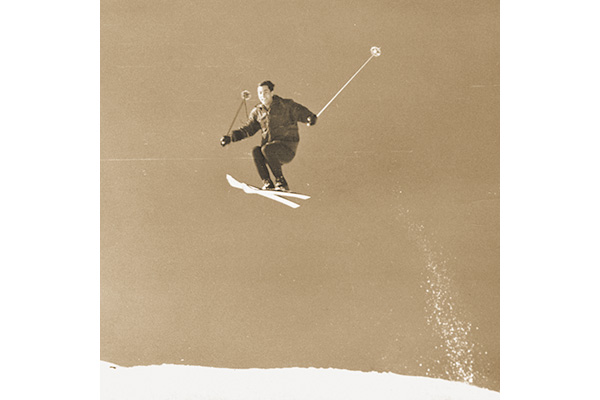
INVENTING THE SNOW CANNON
1970s
Hinterwies was connected to the public water system in 1970, and was able to expand to a total of 50 beds. Treasures and artworks brought back from various expeditions to Nepal dominated the hotel décor. Prof. Erwin Schneider, Adelheid Schneider’s husband, had been the first climber to reach the summit of several mountains in the Himalayas, feats which earned him the nickname of “7000-Metre Schneider”. The couple’s son, Michael Manhart, began to experiment with snowmaking equipment in 1973, and a six-hydrant prototype system was installed on Schlegelkopf in 1977.
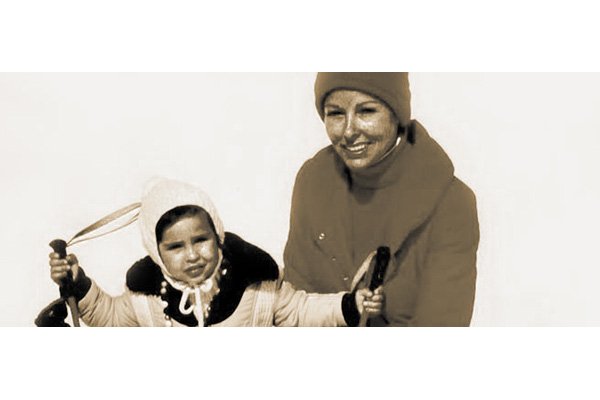
THE FIRST SNOW CANNONS ARE BUILT
1980s
Michael Manhart’s wife Doris took over Hinterwies in 1982, introducing new standards and an elegant, stylish atmosphere. At this time, Manhart’s large-scale snowmaking unit entered its first construction phase, with an underground pump, compressor and transformer substation at the Schlegelkopf valley station. In 1983 Michael Manhart built the Arlberg-Jet, a low-level snow cannon powered by compressed air. The Arlberg-Jet was used exclusively for all Olympic winter sports facilities in and around Calgary, Canada, in the 1988 Winter Olympics. Michael Manhart also developed the world’s first snow cannon test rig, still unique even today.
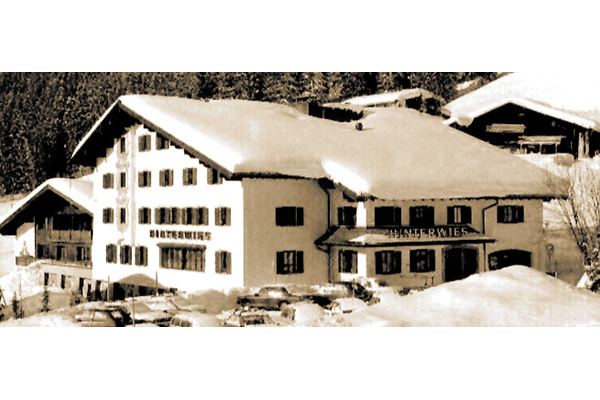
SAFETY & TROPHY HUNTERS
1990s
In 1991, Skilifte Lech voluntarily introduced a limit on skier numbers – the first, and still the only resort in the world to do so – and set up a modern transport system including local bus routes. In 1995 Michael Manhart and Skilifte Lech joined forces with ski lift manufacturer Doppelmayr to develop remote-controlled avalanche triggering charge units known in German as “Lawinenorgeln”. These enabled controlled avalanches to be reliably computer-triggered at any time, even in the most inaccessible areas and harshest weather. In the same year Michael Manhart, a passionate hunter from his youth, won the title of Vorarlberg Regional Hunting Champion, and retained it until 2008.
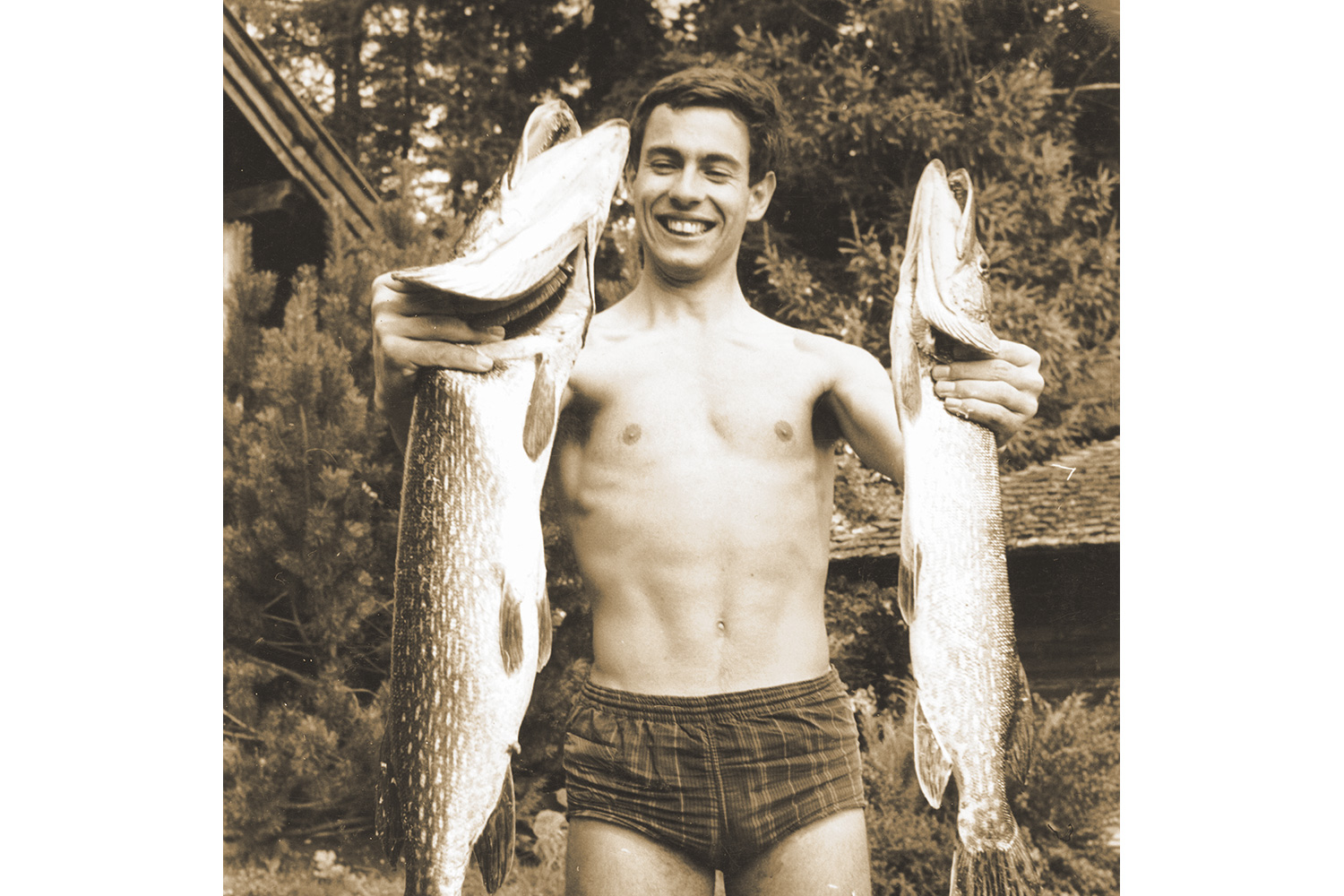
DESIGN MEETS SPORT
2000s
In 2004, skiers were delighted to experience the world’s first heated ski-lift seating in the four-seater detachable chair lifts on Schlegelkopf, as well as the Kriegerhornbahn and Steinmähderbahn. 2006 saw the next change of generation when Michael Manhart’s daughter, Carolin Schertler-Manhart, took over Hinterwies. Regular guests thronged to the hotel, which became a popular meeting-point. As a nod to grandparents Adelheid and Erwin Schneider, Carolin was the overall winner in the 2007 women’s White Ring Race and Racing Team Hinterwies scooped third place in 2008.
